90s 黒 灰 後染め スノーカモパンツ U.S.ARMY ヴィンテージ 軍物
(税込) 送料込み
商品の説明
サイズ MEDIUM-REGULAR (平置き ウエストおおよそ30cm~約50cm、股上約39cm、股下約71cm、わたり幅約47cm、裾幅約32cm)
Item : 90"s 米軍 スノーカモ パンツ (Dead Stock)
Color:後染めブラック
Material : コットン65%、ナイロン35%
こちらは90年コントラクトのデッドストックの米軍スノーカモパンツの後染めブラックカラーです。
グレーがかったブラックに染め上がっています。
オーバーパンツですのでゆったりめなシルエットで膝部分にタックがあり可動しやすい設計になっております。
両サイドのポケットは貫通式でバックポケットが一つ付いています。
内側にライナーを取り付けるボタンがあります。
ウエストと裾はコードでサイズ調節が可能なので女性でも着用が可能です。
ほつれがあります。
着用には支障ないかと思います。
珍しいものですが、売り切りたいので多少の値下げ交渉承ります!!
実物
ヴィンテージ
デッドストック
DEADSTOCK
usarmy
usmilitary
アメリカ軍
ミリタリー
ユーロミリタリー
ユーロワーク
フランス軍
イタリア軍
スウェーデン軍
イギリス軍
ドイツ軍
アナトミカ
ANATOMICA
orSlow
オアスロウ
ササフラス
sasafras
コモリ
comori商品の情報
| カテゴリー | メンズ > パンツ > ワークパンツ/カーゴパンツ |
|---|---|
| 商品のサイズ | M |
| 商品の状態 | 目立った傷や汚れなし |

90s 黒 灰 後染め スノーカモパンツ U.S.ARMY ヴィンテージ 軍物-

2023年最新】スノーパンツ 後染めの人気アイテム - メルカリ

2023年最新】スノーカモパンツ 後染めの人気アイテム - メルカリ

SNAP|WIP楽天市場店
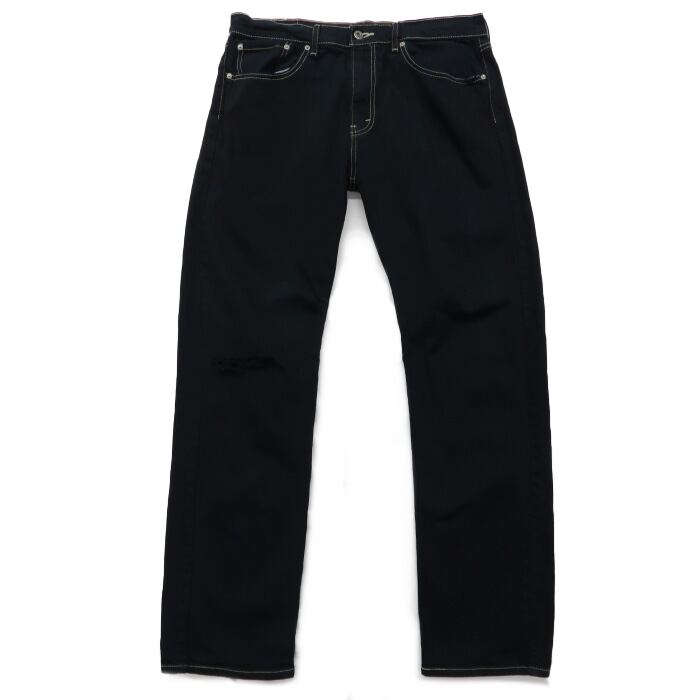
古着 リーバイス Levi's 501 ブラックデニムパンツ ジーンズ ジーパン
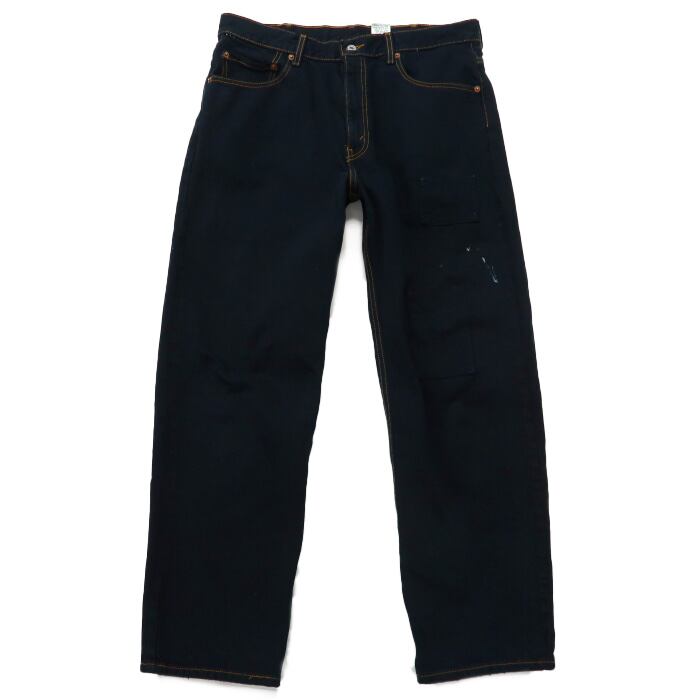
古着 リーバイス Levi's 550 ブラックデニムパンツ ジーンズ ジーパン

SNAP|WIP楽天市場店

未使用】FOG Essentials ESS ストレッチ スウェット リモ-

人気急上昇】 Carhartt カーハートブラウンダック ペインターパンツ
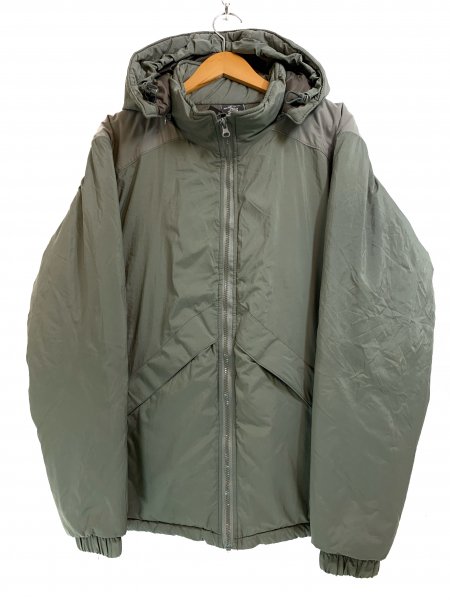
MILITARY - NEWJOKE ONLINE STORE
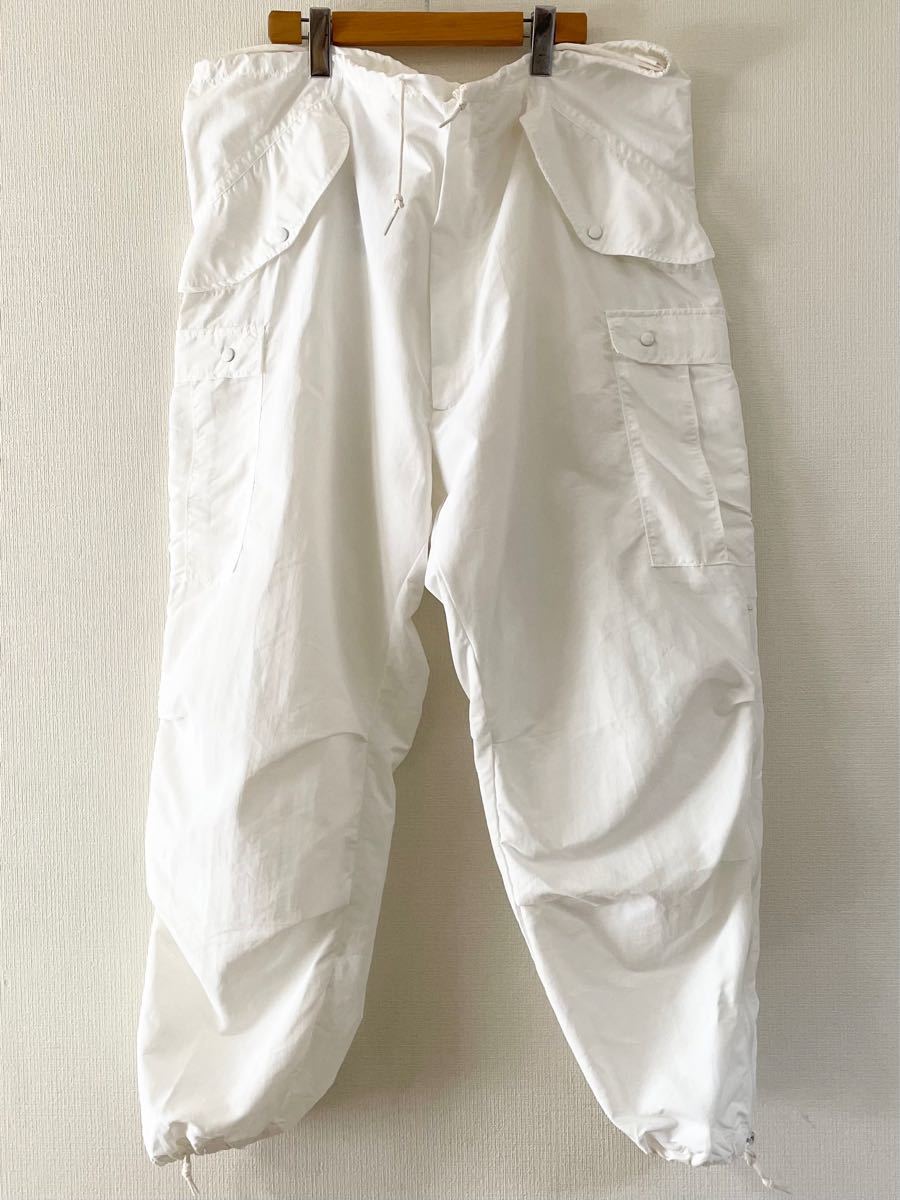
新品 US ARMY スノーカモカーゴパンツ 白 LARGE-REGULAR デッドストック 8

9500円 BOY リブユーロ ヴィンテージ ワンピース 試着 ビームスボーイ

2023年最新】スノーカモパンツ 後染めの人気アイテム - メルカリ

MILITARY - NEWJOKE ONLINE STORE
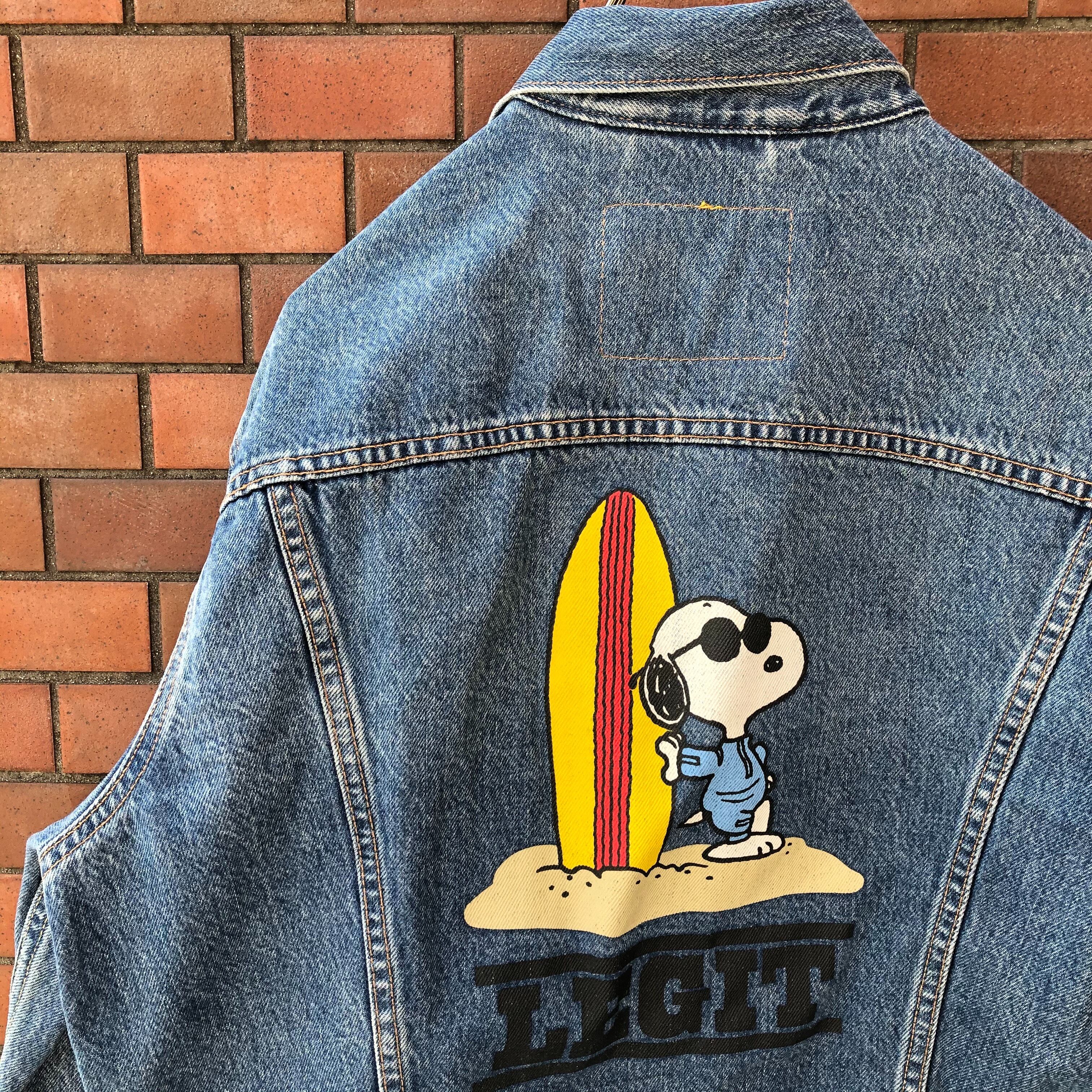
W.H.Wright & CO. - clothing -
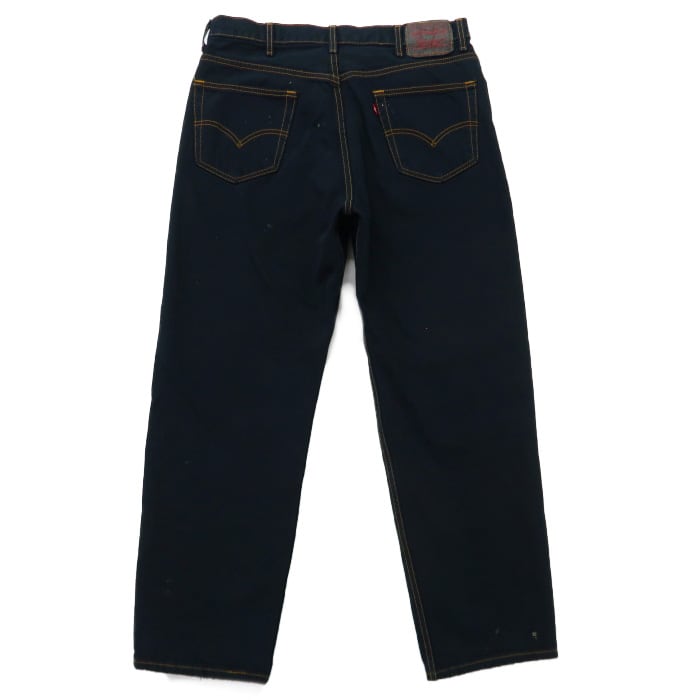
古着 リーバイス Levi's 550 ブラックデニムパンツ ジーンズ ジーパン

U S ARMY APFU トレーニングTシャツ ARMYプリント ネームタグ サイン

SNAP|WIP楽天市場店

MレックウザEX UR SR-
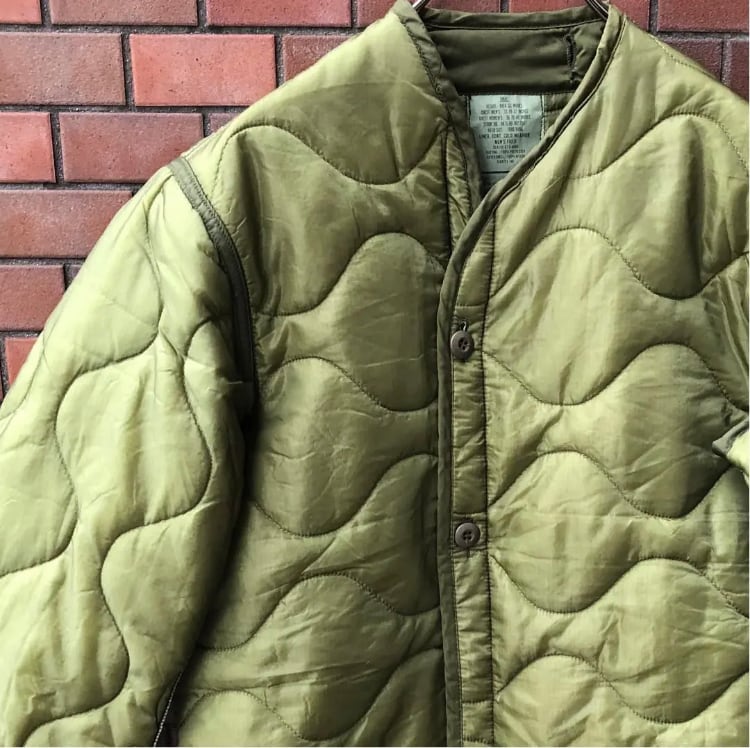
W.H.Wright & CO. - clothing -

ワークパンツ/カーゴパンツ(メンズ)(ドレープ)の通販 75点(メンズ

先染め 90s USA製 リーバイス 501 0657 グレー デニム パンツ メンズ

宅配 ワークパンツ/カーゴパンツ Supreme Medium pant trail Belted
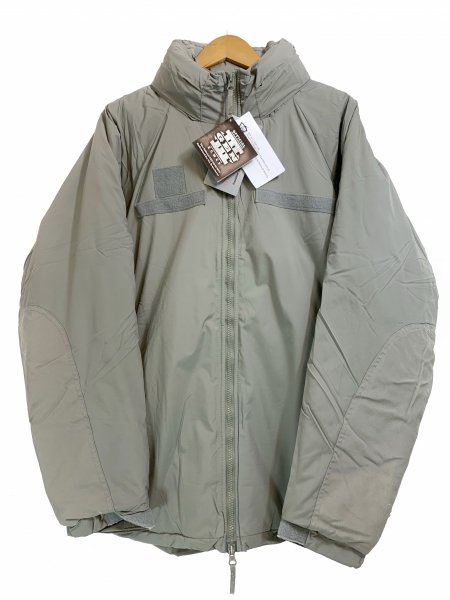
MILITARY - NEWJOKE ONLINE STORE

2022公式店舗 新品 SCOTCH&SODA ゴルフパンツにも 国内正規品 裾
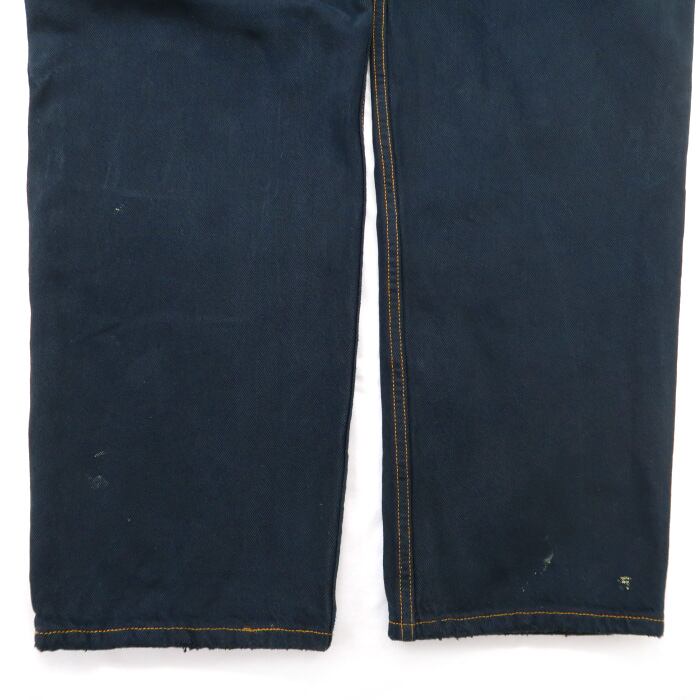
古着 リーバイス Levi's 550 ブラックデニムパンツ ジーンズ ジーパン

ヴィンテージフィフティファイブの通販 79点 | VINTAGE 55を買うならラクマ

アメリカ軍 90s スノーパンツ スノーカモパンツ 白パンミリタリー MR-

Coleman 撥水パーカー XL-
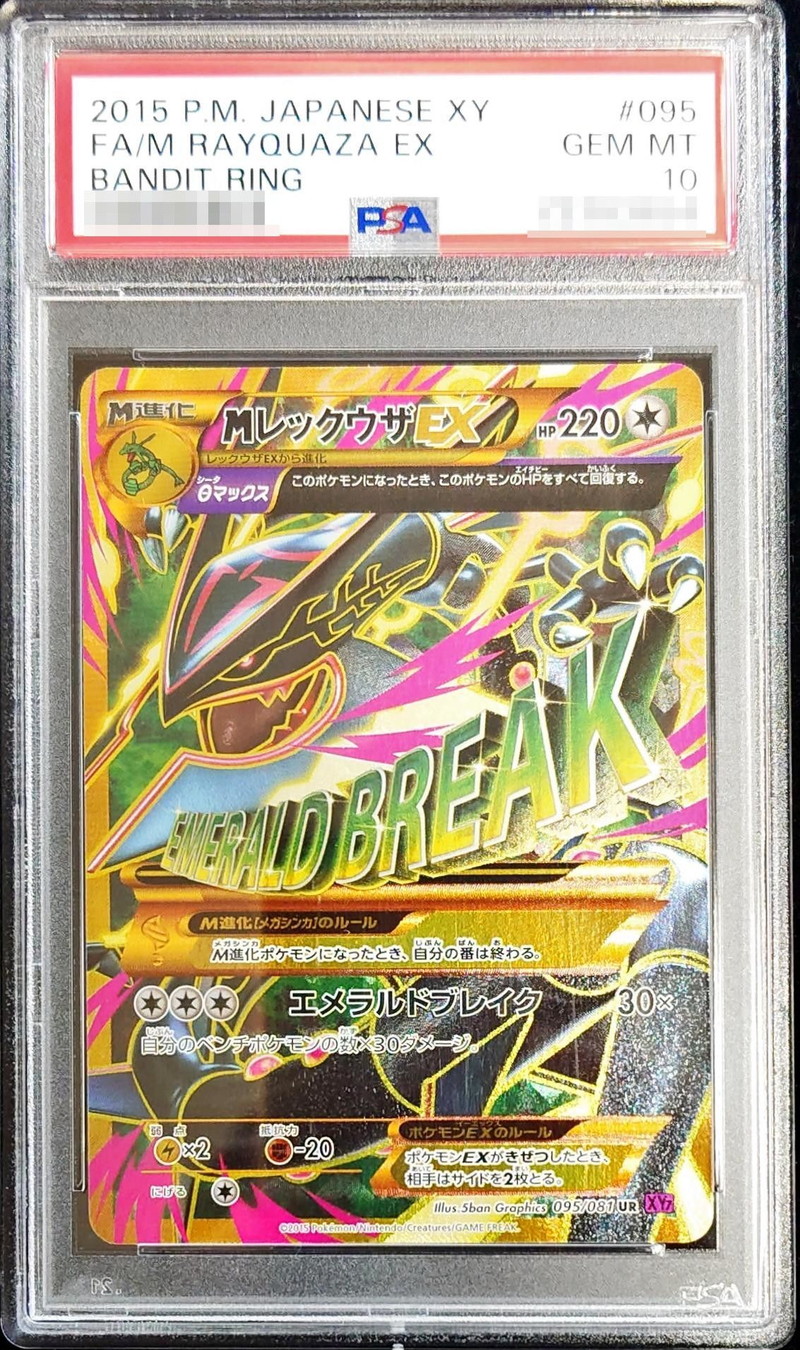
MレックウザEX UR SR-
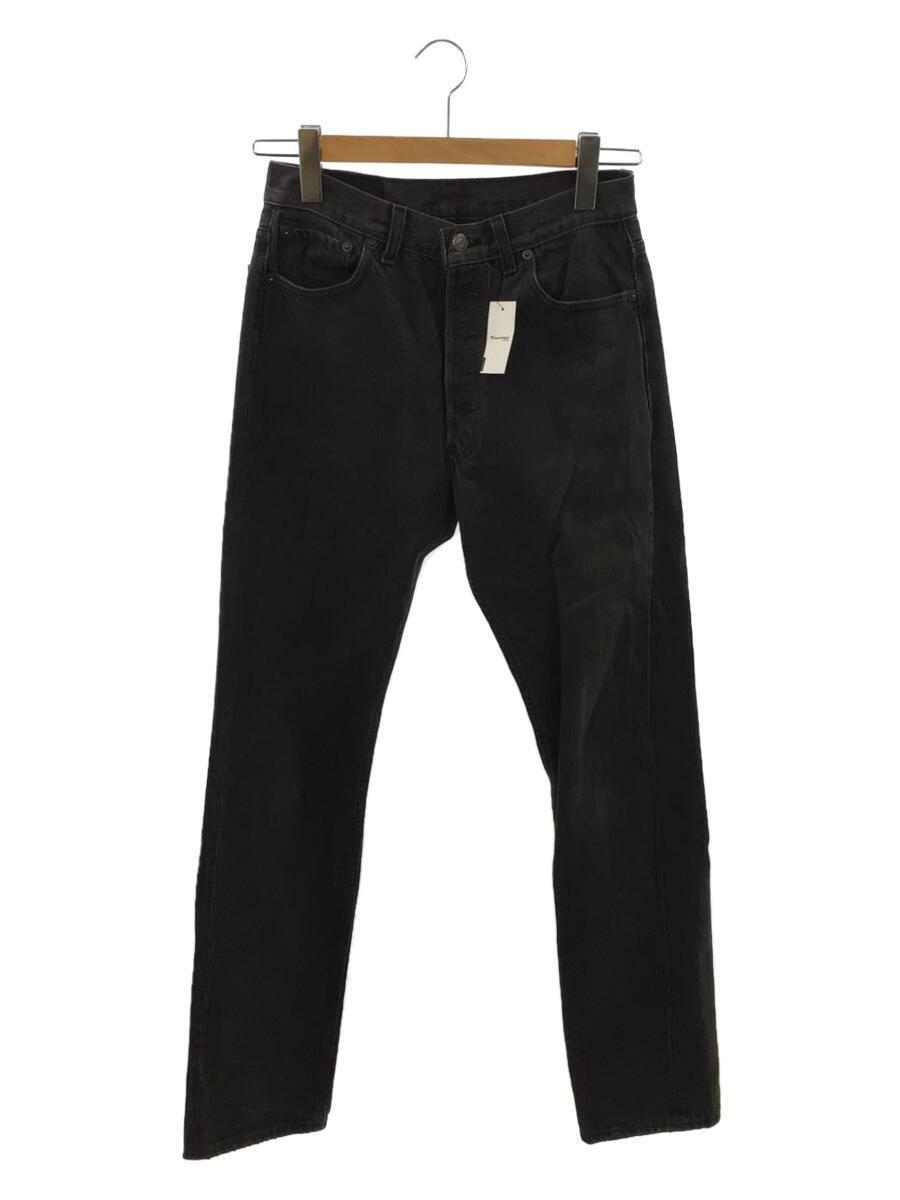
本店は Levi's◇90s/501/USA製/後染め/ストレートパンツ/30/デニム/BLK

U S ARMY IPFU トレーニングTシャツ USA製 アメリカ軍 ビッグサイズ

2023年最新】スノーパンツ 後染めの人気アイテム - メルカリ

SNAP|WIP楽天市場店
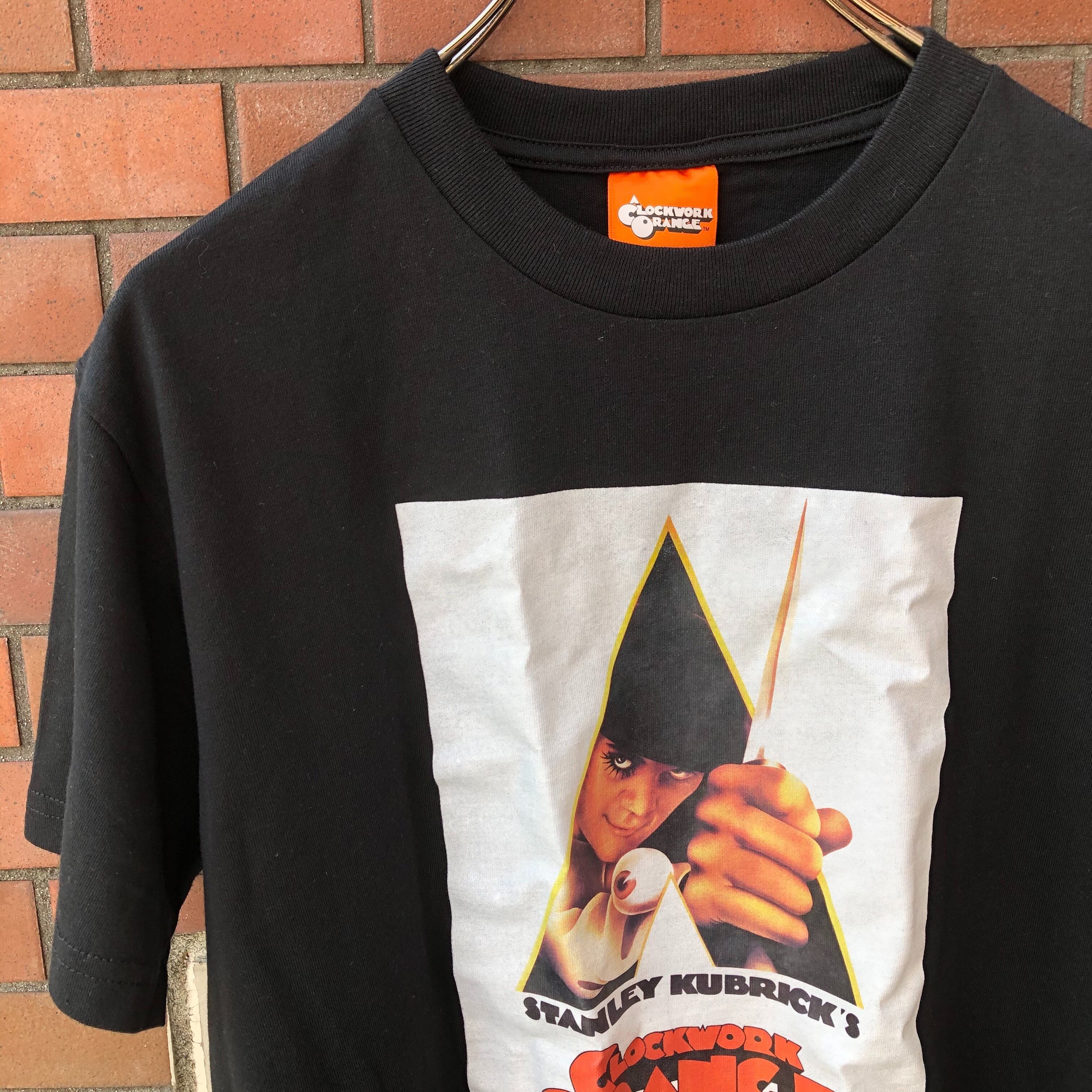
W.H.Wright & CO. - clothing -

先染め 90s USA製 リーバイス 501 0657 グレー デニム パンツ メンズ

DENIM GADGET PANT GRAMICCI デニム ガジェットパンツ グラミチ | 雑貨

deadstock】50´s フランス軍 スノーパーカー スノーカモフラージュ-

ファッションアイテム値下げ商品一覧

GRAMICCI ROCK SLIDE DENIM PANT|ロックスライドデニムパンツ | 雑貨









商品の情報
メルカリ安心への取り組み
お金は事務局に支払われ、評価後に振り込まれます
出品者
スピード発送
この出品者は平均24時間以内に発送しています














